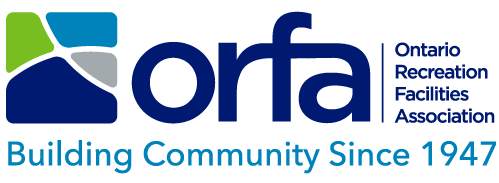- ORFA Home
- The Recreation Facility Profession
- ORFA News and Alerts
- Masks, heat stress and urine colour
What Do Masks, Heat Stress and Urine Colour Have in Common?
June 16, 2021
The spring of 2021 arrived in April with abnormal warm weather. As summer temperatures climb and many workers are performing their job duties while wearing masks, it is crucial for employers to follow a heat stress prevention plan, with a few new considerations.
Current guidelines require many workers to wear masks to prevent transmission of COVID-19. While workers in some industries may be use to wearing masks in warm environments, it is new for others. Depending on the work environment, wearing a mask could increase breathing resistance and heat load, increasing the wearer’s risk of heat stress. The most effective way to prevent heat-related injuries or illnesses is to minimize or eliminate the risk altogether. One way to do this is to change shift schedules or working times so that workers are not outside during the hottest time of day. Hazard elimination is not always possible, however. When employees must be exposed to high temperatures or sources of heat, it’s important to provide them with the necessary resources, breaks, and PPE. Consider developing an acclimatization plan to help workers adapt to hot environments, including proper rehydration schedules. If workers are in an environment where cloth face coverings may increase the risk of heat-related illness or cause safety concerns, consult with an occupational health and safety professional to identify the right face covering for the job. Many organizations post a urine colour chart in their washrooms to help raise awareness about the need to hydrate during hotter temperatures. More
The Recreation Facility Profession |
© Ontario Recreation Facilities Association Inc. Privacy Policy
|
